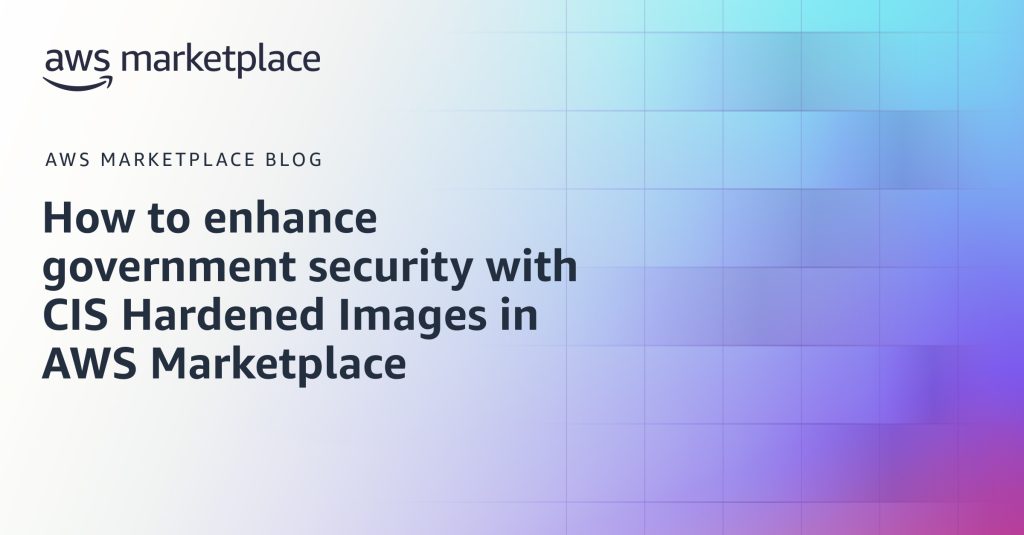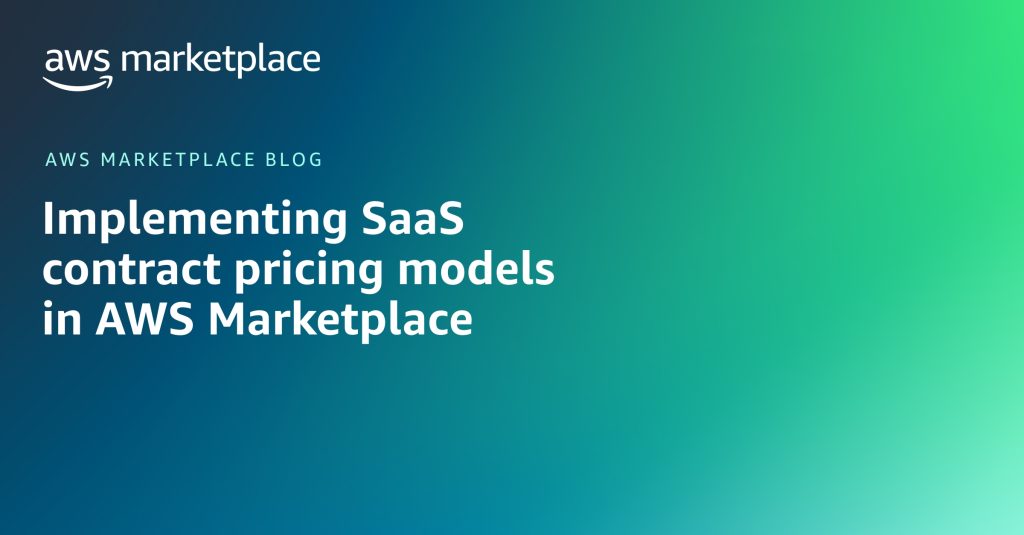AWS Marketplace
Category: How-To
How to enhance government security with CIS Hardened Images in AWS Marketplace
Discover how government agencies can enhance cloud security with CIS Hardened Images from AWS Marketplace. Learn about deploying preconfigured AMIs to automate security configurations, reduce misconfigurations, and meet federal compliance requirements. Includes step-by-step guidance for CIS Hardened Images subscription and pricing options for government workloads.
Implementing SaaS contract pricing models in AWS Marketplace
AWS Marketplace offers three pricing models for SaaS products: contract, subscription, and contract with pay-as-you-go. This post focuses on the contract pricing model, covering three common configurations and helping you determine which approach works best for your product.
Making SaaS products accessible in AWS Marketplace
AWS Marketplace sellers offering software-as-a-service (SaaS) solutions frequently seek guidance on understanding the options and best practices for granting buyers access to their software solutions. To address these questions, we explain the three main available access options that can help sellers effectively design and build access mechanisms to their SaaS solutions listed in AWS Marketplace.
How to launch a SaaS product in AWS Marketplace
This post provides detailed self-serve steps to launch a SaaS product in AWS Marketplace to the limited state, covers required integration steps to publish the product to the public state, and includes instructions to publish the product to the public state.
Empowering AWS Marketplace Sellers to Streamline Operations with New Features Announced in 2024
In this post, we provide a breakdown of these features, including descriptions, why they’re important, what they mean to AWS Marketplace sellers, and links to relevant blog posts, guides, and resources.
Start using Databricks Data Intelligence Platform with AWS Marketplace
In this post, we show you how to use the new launch experience in AWS Marketplace to create your own Databricks workspace. We then walk you through a demonstration that runs a classification model to make annual income predictions from census data.
Managing Private Marketplace across multiple AWS Organizations
In this post, I introduce a distributed serverless solution that enables you to keep Private Marketplace experiences in multiple organizations synchronized and manage them from a central management organization.
Streamlining Third-party add-on management in Amazon EKS cluster using Terraform and Amazon EKS add-on catalog
In this blog post, you can learn how to use Terraform, a popular infrastructure as code (IaC) tool, for creating and managing the lifecycle of add-ons in an EKS cluster. In this post, I will show you how to find, install, and delete Amazon EKS third-party add-ons using Terraform.
Speed product provisioning with customized SaaS landing page fields
In this blog post, we show how to customize your landing page for the serverless SaaS integration by adding additional fields to the landing page. You can also create input validations for the new variables added.
How to improve the security of your product catalog in AWS Marketplace
In this post, Keegan and I will show how sellers are informed of security issues found on your products, methods of keeping your products up to date, and best practices when it comes to maintaining and improving the security of your catalog in AWS Marketplace.









